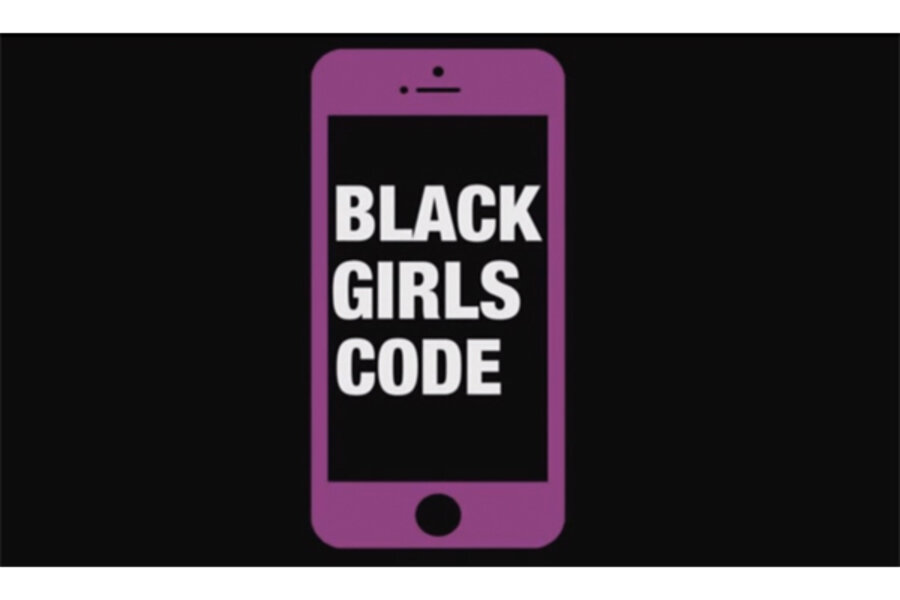Only 3 percent of the US computing workforce is made up of African American women, while just 4 percent are Asian women and 1 percent are Latina women. That’s why when Kimberley Bryant took a computer science class during her freshman year, she was simultaneously inspired by what she was learning and put off by the lack of fellow minority students.
“I remember being excited by the prospects, and looked forward to embarking on a rich and rewarding career after college,” she says. “But I also recall, as I pursued my studies, feeling culturally isolated: few of my classmates looked like me. While we shared similar aspirations and many good times, there’s much to be said for making any challenging journey with people of the same cultural background.”
Fast forward to 2011 and Ms. Bryant, now a biotech and engineering professional, found that there were few resources for her daughter to learn computer science skills, despite her daughter’s passion for video games. With this in mind, she started Black Girls Code in 2011, a nonprofit group in San Francisco that seeks to reach minority girls ages 7 to 17 to inspire an interest in STEM fields.
Black Girls Code sets up workshops and classes for girls from underrepresented backgrounds, and teaches them social media, gaming, robotics, and software development skills. Though it is based in the Bay Area, it has since branched out to areas around the country and world: the organization has a chapter in South Africa, and has upcoming events in Florida and Texas.
Other organizations have also popped up in order to address the need for more minorities in the tech field. #LatinaGeeks is an online community devoted to empowering and inspiring Latina women in social media, technology, and entrepreneurship. TechSistas, which was just started in March, profiles tech organizations headed by black, Latina, and Native American women in order to expose their work to the larger tech world.








